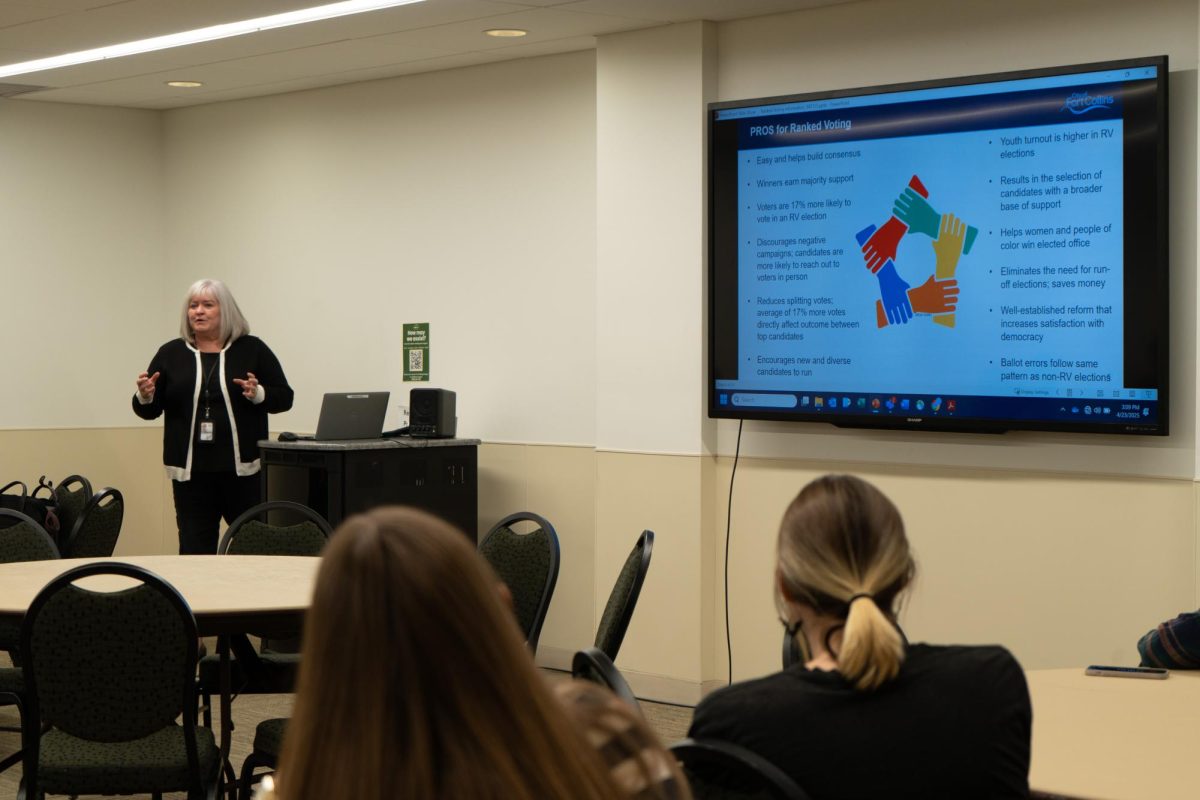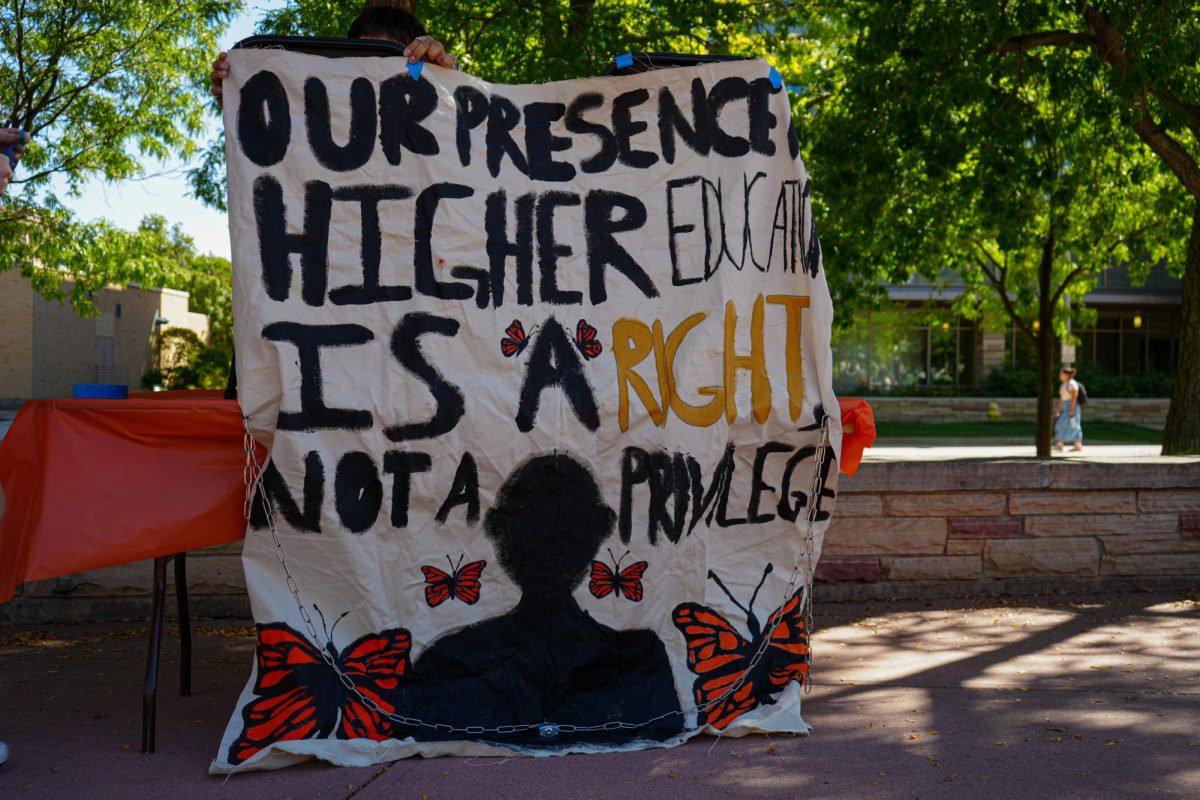As temperatures drop and snow falls, many Colorado State University students will trade in their bike helmets for their bus pass. Biking in the winter can seem intimidating, but it can be the best transportation choice for those who are educated and prepared for biking in the cold.
Associated Students of Colorado State University director of Environmental Affairs Dakota Truitt said that biking in the winter can even be less stressful than biking in the summer because of the reduced bike traffic.
“Drivers are especially careful in the winter when they see a bicyclist, so they always give you the right-of-way,” Truitt said. “They don’t want to hit you, so they’re being extra safe when they see you.”
Truitt said that preparedness is very important to safe and successful winter biking.
“I know it seems daunting, but it’s not as bad as you think it is,” Truitt said.
Wear layers
“Layers are important in the winter to mitigate cool temperatures,” CSU Traffic & Bicycle Education and Enforcement Program coordinator Joy Childress said.
Fort Collins City Bike Manager Tessa Greegor said that the city’s Bike Winter campaign combines classes with events to provide people with resources and information for safe biking year-round.
According to the Winter Cycling Clothing Guide, which is something used in the Bike Winter classes, it is recommended to wear a base layer that is wool or polyester.
A mid-layer, or insulation layer, is recommended to be a fleece or wool sweater, but a lightweight or synthetic material sweater or jacket would also work.
As an outer layer, it is recommended to wear “soft shells” that are wind and water resistant.
“Soft shells allow more moisture to escape and can help you avoid overheating,” according to the guide.
For pants, the guide recommends trying fleece tights or pants, wool pants or soft shell pants made from nylon fabrics.
Truitt said that wearing proper clothes is essential to successful winter biking, especially covering your hands, face and ears.
According to the guide, fleece gloves are fine for warmer weather. But when it gets really cold, it is better to wear “ski mitts” made of leather or nylon, or “mountaineering mitts.” There are also gloves that can attach to bike handlebars that work well for the cold.
As for the head and face, use a balaclava or face mask that does not impede visibility. Make sure to get one with breathing or made of fleece to make it easier to breath. Hats with ear flaps or helmet covers help keep your head warm.
Leather boots, like hiking boots, and thick socks are the best things to keep your feet warm.
Be visible
CSU participates in Winter Bike to Work Day by hosting a station, and they also participate in an event called Light Up the Night where free bike lights are handed out to bicyclists.
This year’s Winter Bike to Work Day will be Wednesday, Dec. 9 from 7 – 9:30 a.m. The CSU station will be on the west side of campus near Moby Arena.
“Because it is darker much sooner in the winter, definitely make sure you are using bike lights and wearing reflective gear to ensure you are visible to motorists,” Childress said.
Make sure to wear clothing that reflects and use a bike light after it gets dark.
Plan your route
Childress said to plan for your commute to take extra time since the roads may be slick or snowy.
“If conditions are really icy or extreme weather exists, people may want to consider other options for travel, or avoid travel if possible,” Greegor said. “Combining transit with bicycling in the winter is a great option — all buses have capacity for bikes on board.”
Bike lanes at CSU are always plowed to make sure they are easy for students and faculty to use.
“The trails are always a great place to start for bicycling in the winter as these are plowed early in the morning,” Greegor said.
Arterials, including the bike lanes, are usually first priority in plowing, Greegor said. Second priority is usually the low-stress bikeways, like Swallow or Remington streets.
Collegian Breaking News Editor Sady Swanson can be reached at news@collegian.com or on Twitter @sadyswan.







